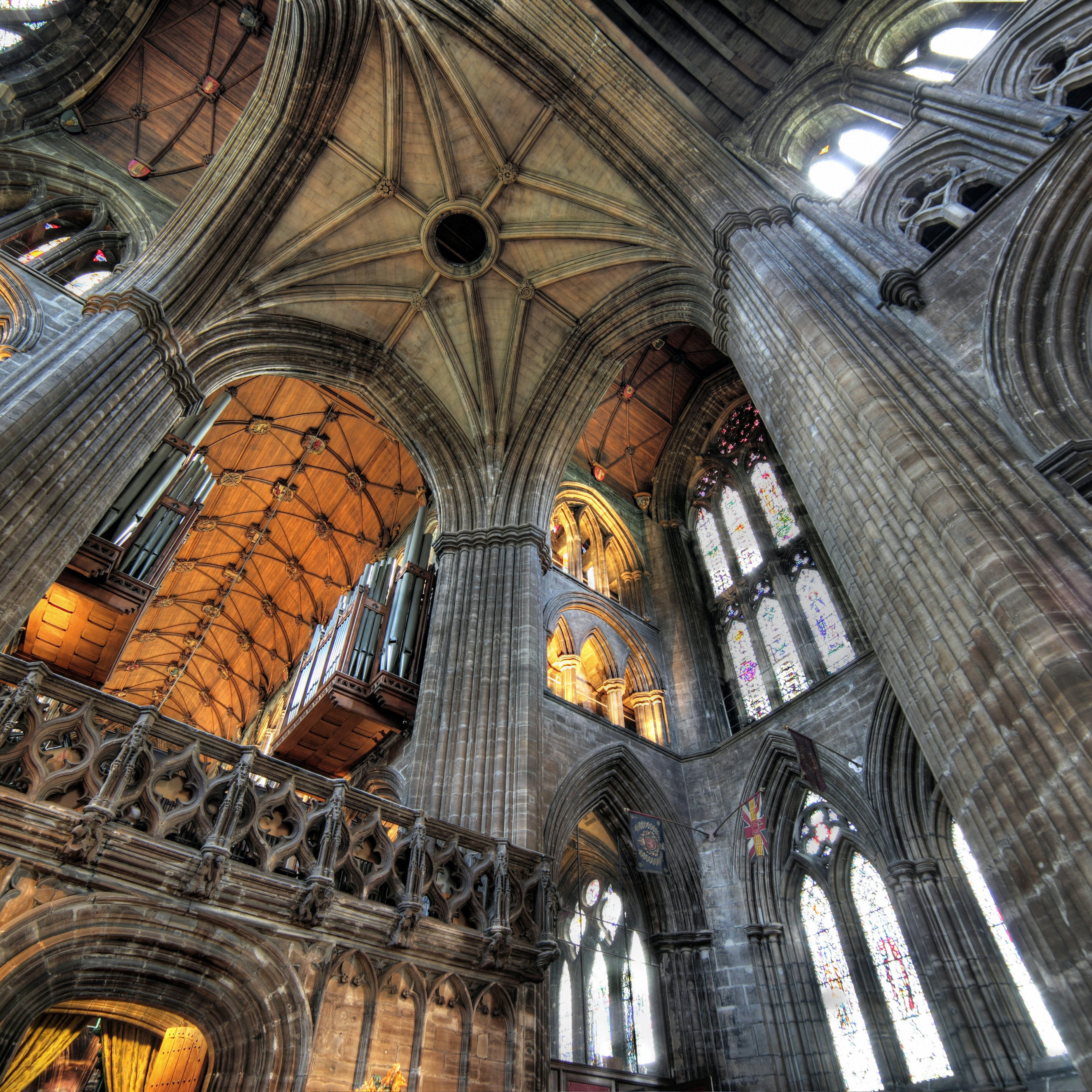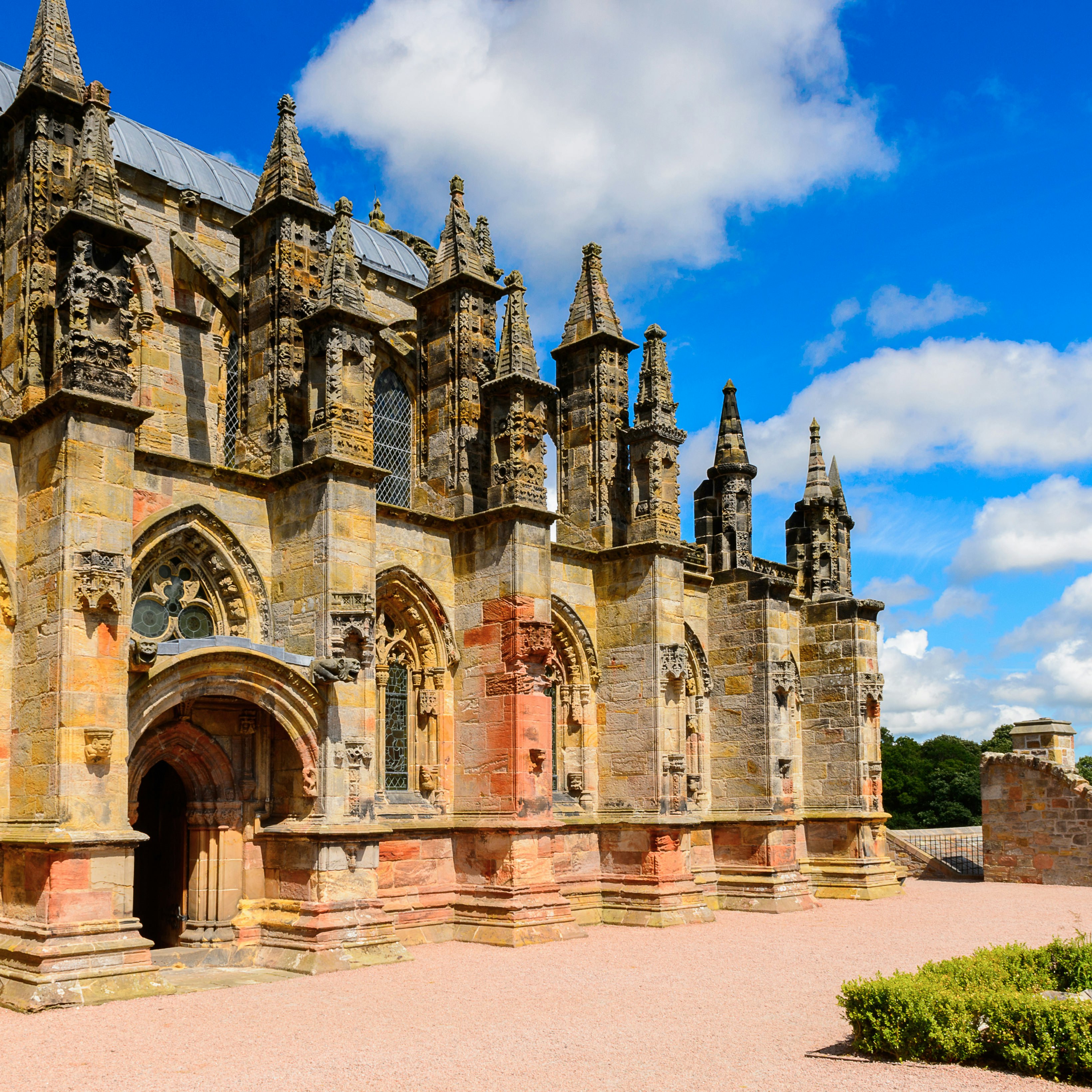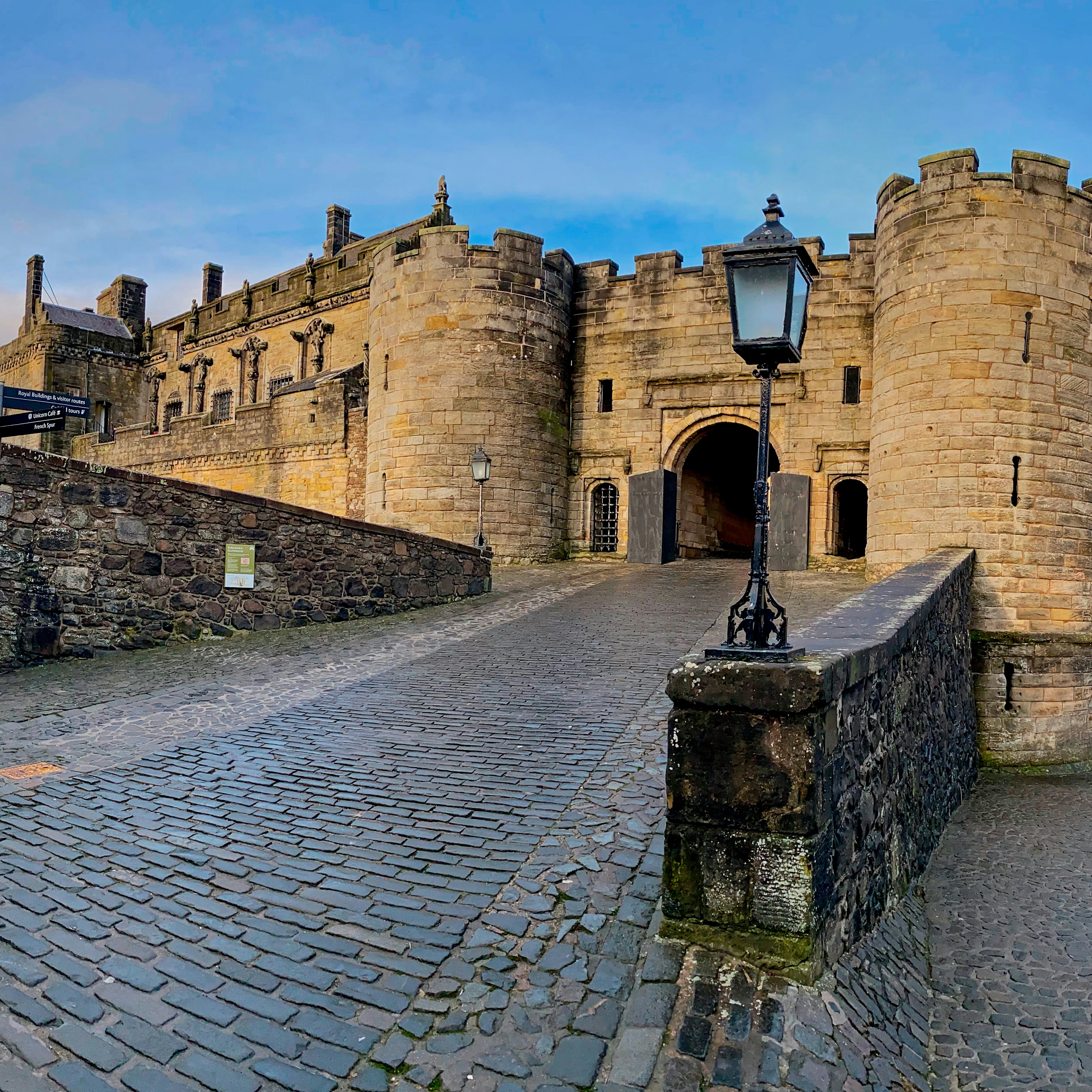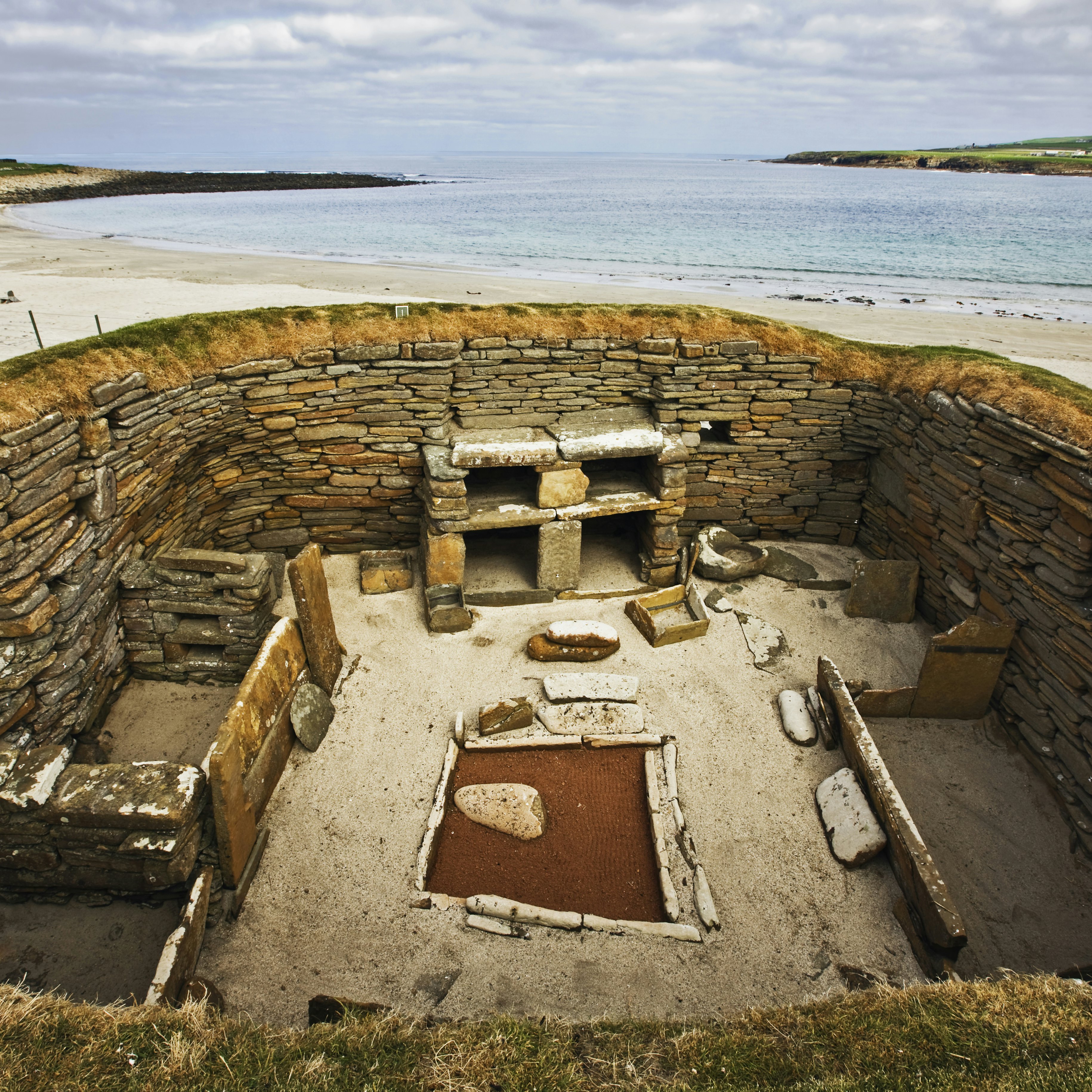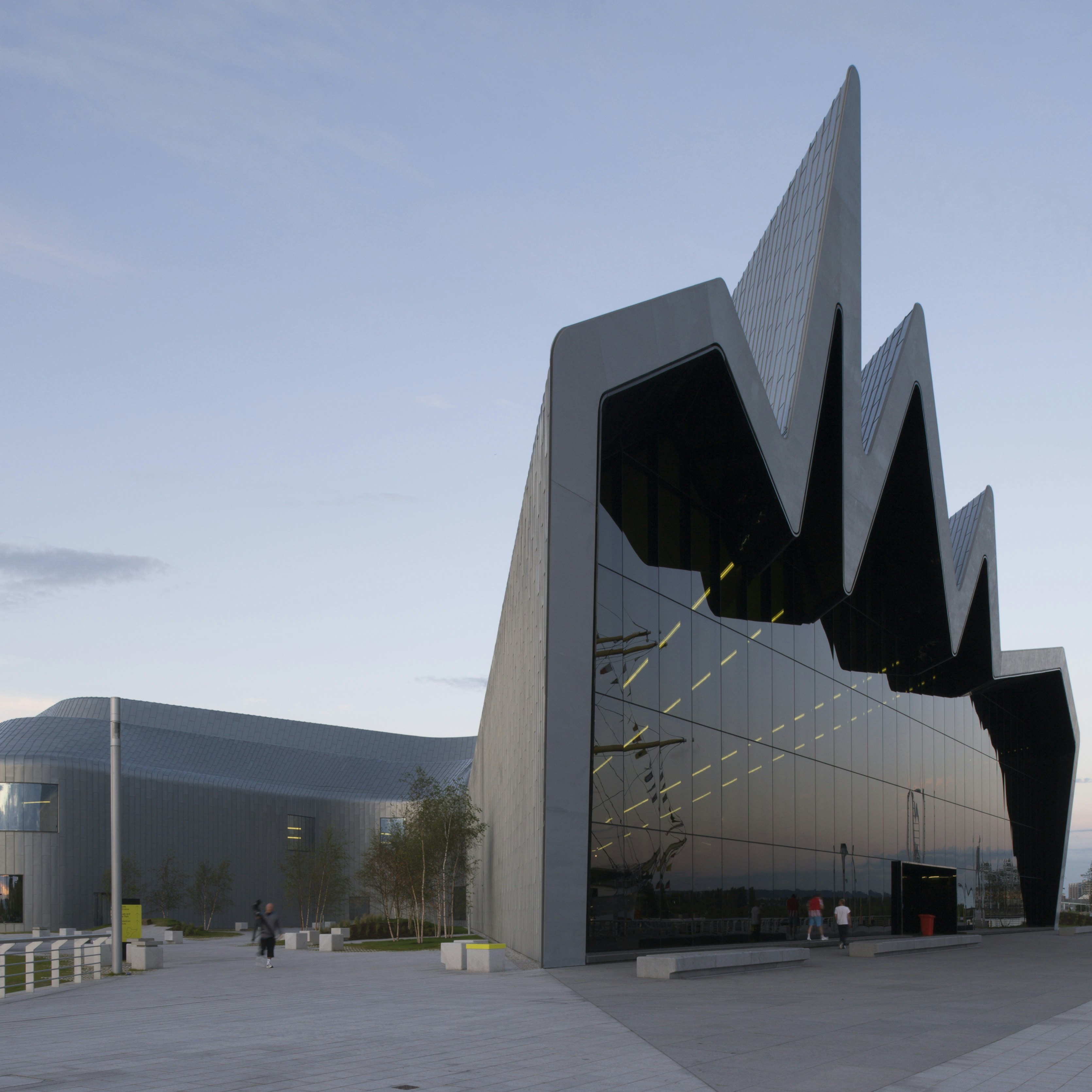

© Ibraheem5/Shutterstock
Overview
Scotland has many treasures crammed into its compact territory: big skies, ancient architecture, spectacular wildlife, superb seafood and hospitable, down-to-earth people.
Leave the planning to a local expert
Experience the real Scotland. Let a local expert handle the planning for you.
Must-see attractions
Planning Tools
Expert guidance to help you plan your trip
Best Things to Do
Scotland's top activities pack epic journeys, brilliant arts festivals and the lure of remote isles across some of world’s most dramatic landscapes.
Read full article
Best Places to Visit
Fabulous cities, stunning landscapes, wildlife, waterside hikes and (yes) whisky: these 14 places represent the best of Scotland.
Read full article
Best Time to Visit
Every season in Scotland has its own attractions, from festival fever to cozy nights watching the northern lights. Here's everything you need to know.
Read full article
Things to Know
If you’re looking to get the lowdown before visiting Scotland, start with these insider local tips.
Read full article
Transportation
This breakdown of the different ways to get around Scotland – cars, trains, planes, bicycles and more – will help you get your dream planned in no time.
Read full article
Money and Costs
Maximize your budget while traveling around Scotland with these insider tips and travel hacks to make your money last that bit longer.
Read full article
Traveling with Kids
Here's what you need to know about traveling with children in Scotland, and the best things to do for the perfect family day out.
Read full article
Best Road Trips
Once you see the beauty of Scotland's wild landscapes up close, they'll stay in your heart forever. These are our 5 favorite road trips in Scotland.
Read full article
Get a book. Get inspired. Get exploring.
in partnership with getyourguide





